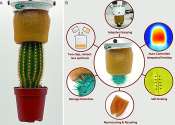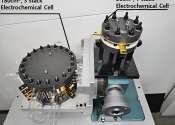How a hybrid heating system could lower your bills and shrink your carbon footprint
To heat your home without damaging the climate, you will need to replace your gas boiler. UK government advisers recommend switching to appliances that run on electricity.
16 hours ago
0
1









